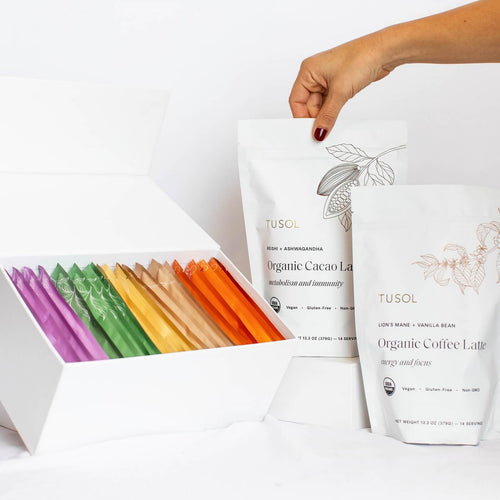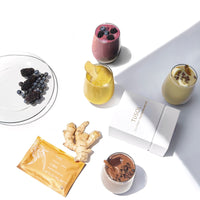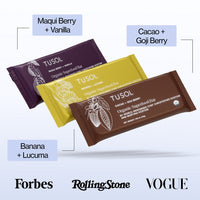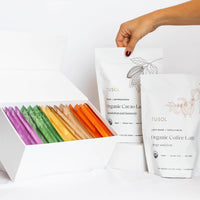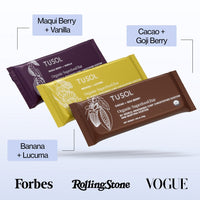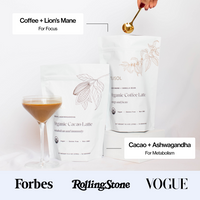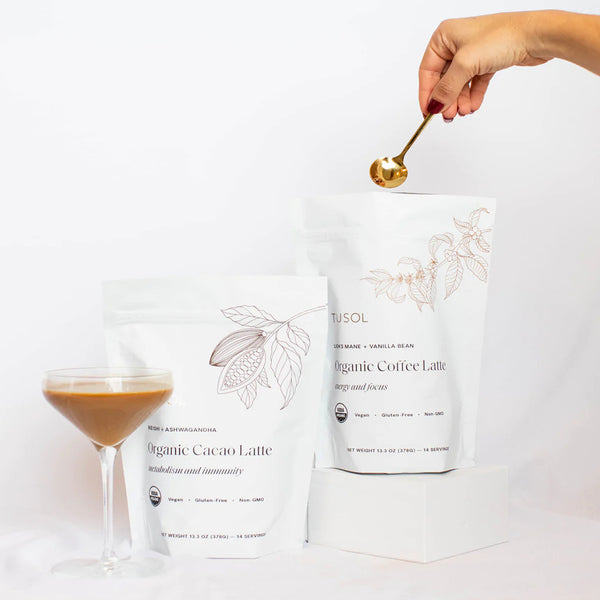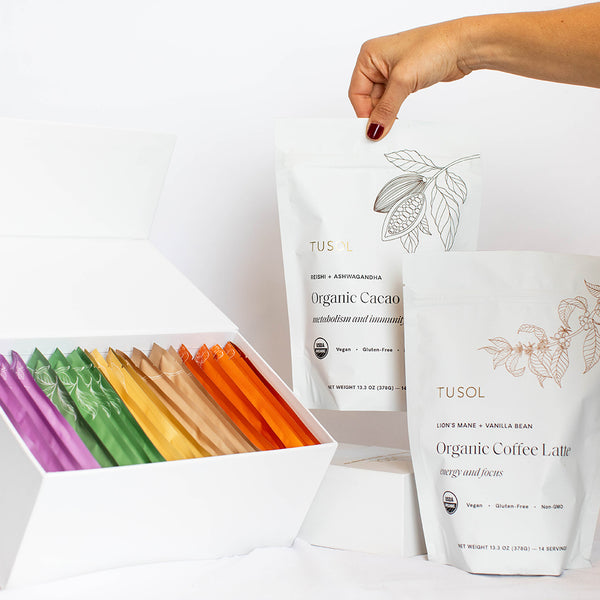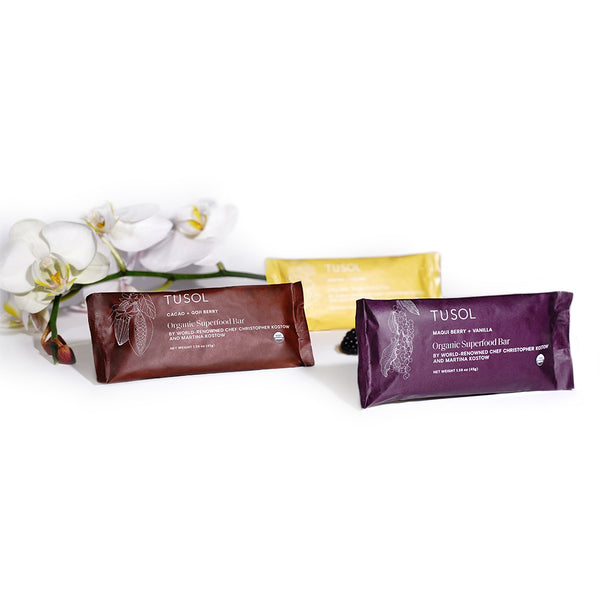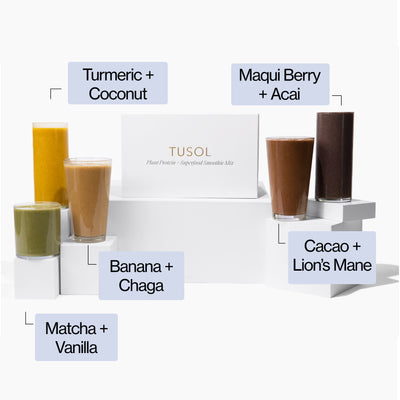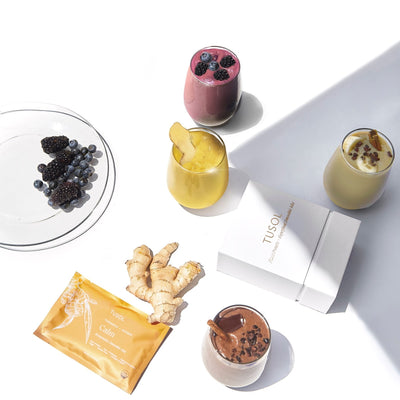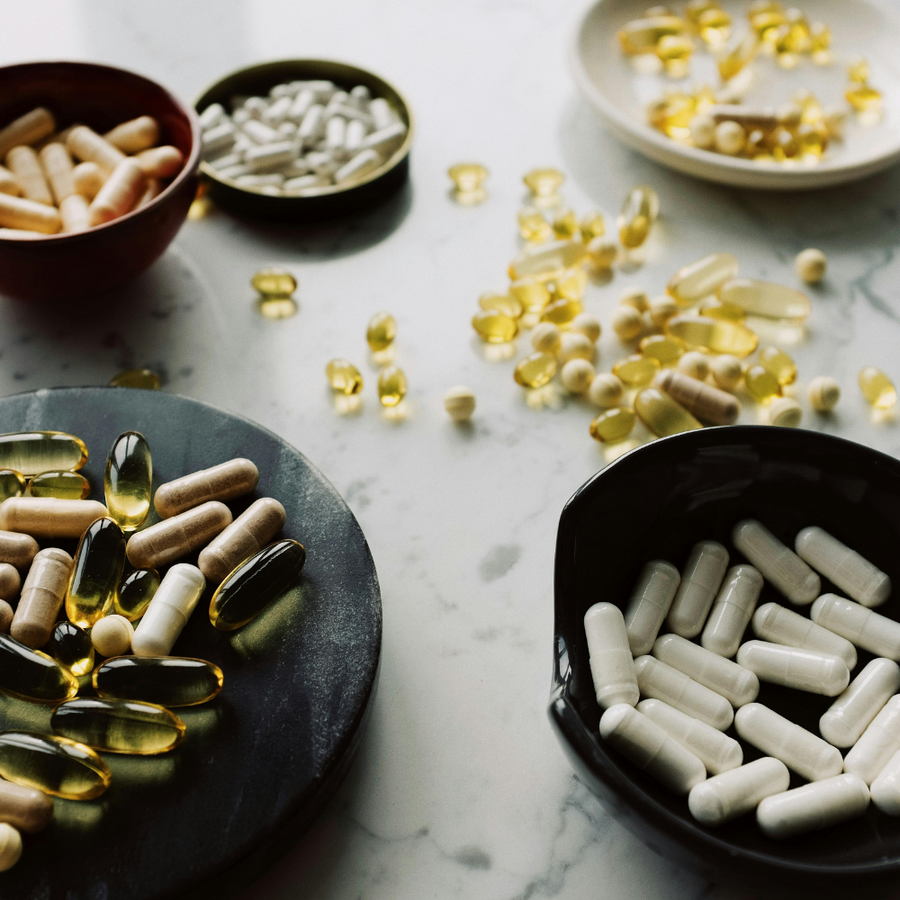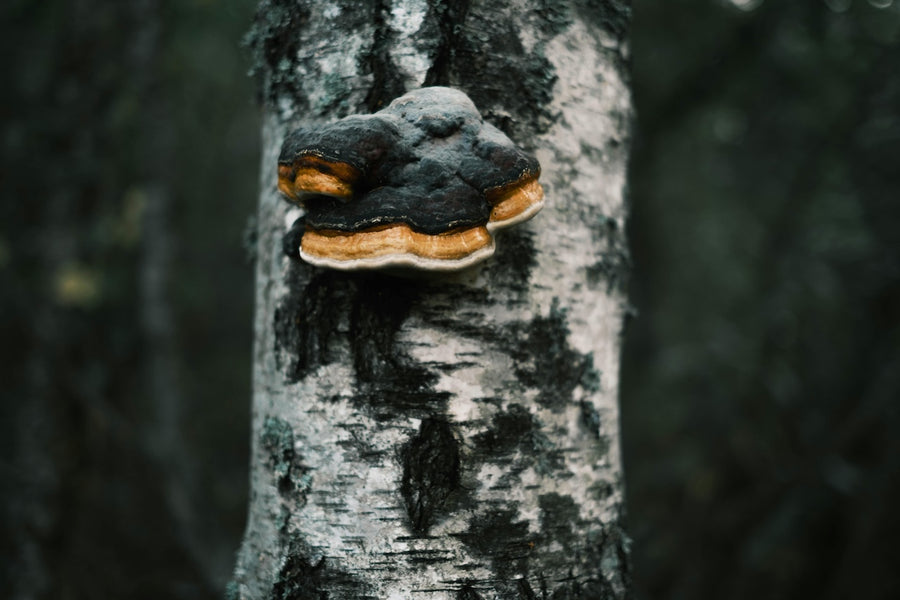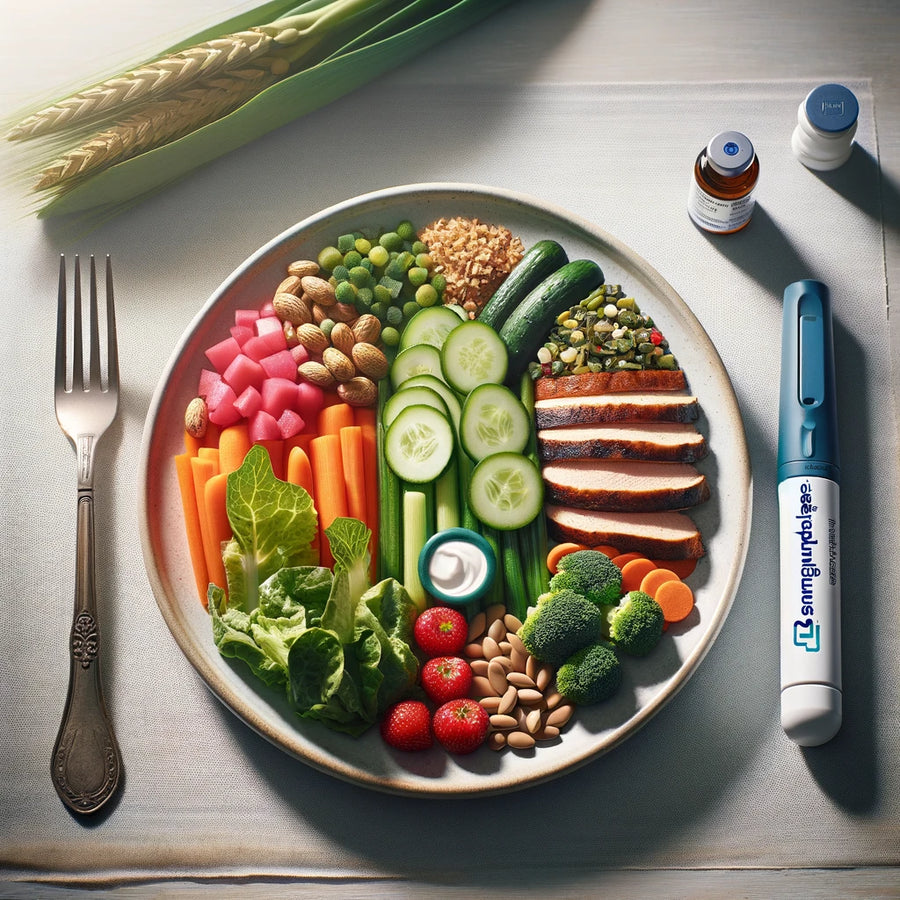For those of you interested in health and longevity, it’s likely you’ve read all about free radicals, oxidative stress, and the importance of antioxidants. But for a comprehensive understanding of how these three components are related, it’s important to discuss how they interact with each other, and the distinct roles each play within your body.
A quick search on the web will describe free radicals as unstable oxygen molecules that have odd numbers of electrons. That said, if you didn’t pay much attention in chemistry class, this could be a difficult concept to fully comprehend.
Free radicals and aging
Free radicals are natural byproducts of the body’s chemical processes – including metabolism. They are essential to life. A complex chain reaction of free radicals turns oxygen and food into chemical energy, they are crucial to immune system function, and they are constantly flowing through our veins attacking foreign invaders.
In addition to naturally producing free radicals, we also collect them from external sources including the food we eat (fried foods, preservatives, canned food), the medicines we are prescribed, the air we breathe (pollution, smoke, pesticides), and the water we drink.
 Image by Tusol
Image by Tusol
Accumulation of Free Radicals
Free Radicals are unpaired electrons in an atomic orbital and are created when oxygen in the body splits into single atoms with unpaired electrons. Electrons prefer to be in pairs, so these free radicals scavenge the body to seek out other electrons to pair off with. The free radical will pull an electron from an existing molecule, which in turn destabilizes the molecule and turns that into another free radical. This domino effect can eventually disrupt the cells resulting in broken cell membranes, damaged DNA code, DNA mutations, and tumor growth.
While this may sound like the description of a post-apocalyptic movie, in reality this process is happening in your body every second and is the main cause of us slowly aging everyday.
What is Oxidative Stress?
[bctt tweet="What makes free radicals nasty is that they can react with any molecule they bump into. This reaction is called oxidation, and much like the oxidation that causes iron to rust or a slice of an apple to brown, it inevitably causes damage" username="tusolwellness"]
Oxidative stress occurs when there is an imbalance of free radicals and antioxidants (too many radicals, too few antioxidants). Studies have shown that oxidative stress is directly associated with macular degeneration, cardiovascular disease, certain cancers, emphysema, Alzheimer’s disease, Parkinson’s, and all inflammatory diseases such as arthritis, lupus.
Oxidative stress is also linked to aging, which is defined as a gradual accumulation of free radicals.
Enter: Antioxidants the anti-aging molecules
So what happens when the body has too many free radicals?
This is when antioxidants come into play. Antioxidants are molecules in cells that prevent free radicals from taking electrons and causing damage. They are able to give an electron to a free radical without becoming destabilized, thus stopping the free radical chain reaction.
Antioxidants are found frequently in food, but your body does also produce some naturally. These can appear in the form of enzymes or molecules like glutathione, superoxide dismutase, and catalase. That said, you also need to make sure to consume the precursors your body needs to produce these antioxidants. For example, when you make a cake you also need specific ingredients – if you don’t have one of the ingredients (like flour) then you will not be able to make the cake – or if you do, it might not even look like a cake. In order for your body to produce glutathione, it needs special ingredients including Vitamin C, selenium, and essential amino acids: methionine, cysteine, taurine, and homocysteine. Fortunately, we can get some of these from our diet.
Where can I find foods with high amounts of antioxidants?
VITAMIN C is present in citrus fruits, black currants, blackberries, oranges, and grapes.
VITAMIN E is abundantly found in animal products, like ghee, eggs, and raw milk.
FLAVONOIDS are present in red wine, onions, eggplant, lettuce, parsley, pears, berries, and cherries
SPICES can reduce oxidative stress: ginger, turmeric, and rosemary.
Raisins, blueberries, cranberries, figs, prunes, pomegranates, red capsicum, kale, spinach and dark chocolate are excellent source of anti-aging antioxidants.
Can exercise help with oxidative stress?
Burning fuel in high intensity cardio exercise causes chemical reactions that make free radicals form at a faster state. However, this isn’t an excuse to skip the gym. A recent study has shown that frequent exercise training seems to reduce the oxidative stress initially brought by exercise, because exercise enhances and stimulates the antioxidant defenses, akin to growing a muscle.
What are some things to watch out for that create free radicals?
CANNED FOODS: Aluminum is considered a free radical. It leeches out of cans directly into your food. Over time, aluminum accumulation in the body can cause memory issues, like Alzheimer’s. The preservatives that are added to canned foods can also cause cellular inflammation and issues related to oxidative stress like aging.
PRESERVATIVES: Preservatives used to extend the shelf life in processed meats (sausage, bacon, ham, pepperoni, salami) may contribute to the creation of free radicals and premature aging. A common preservative found in packaged foods and meats is sodium nitrite, which in high doses has been linked to pancreatic cancer, among other health problems. Avoiding food additives and preservatives shouldn’t be daunting. While preservatives are present in a majority of packaged foods, eating foods in their original, organic form can greatly reduce health risks associated with such additives.
OTHER FOODS CONTAINING FREE RADICALS: Fried foods, artificial colors, trans fats, vegetable oils, canola oil, refined oils that have been stripped from vitamin E to keep them from oxidizing, like fish oil and Omega 3 oils.
Chemicals
PESTICIDES: Found in Non-Organic, GMO foods, pesticides are considered carcinogenic. Commercial products like the weed-killer “Round-Up” are still commonly used in people’s backyards, and most public parks. Whenever possible, always opt for fresh organic products that haven’t been genetically modified, and avoid eating at conventional restaurants where pesticides are likely present.
OTHER CHEMICALS: Aerosol sprays, cigarette smoke, fragrances in perfumes and lead paint.
Non-Native EMF’s
WIFI: The electromagnetic fields from WiFi routers, electronics and pervasive high-voltage power lines are all considered free radicals. To help lessen the load, simply turn off your WiFi at night when you are finished using the internet.
I have a clicker I like to use that hooks up the outlet so you can shut it off from any distance. Find it here on Amazon
